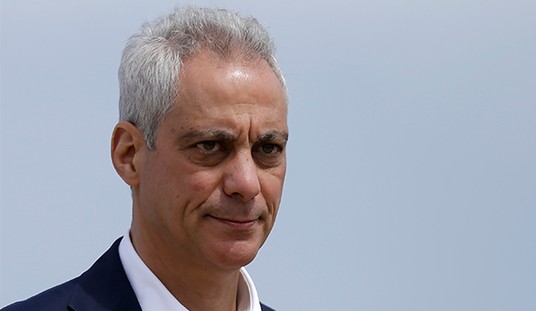Eery American has heard time and again how Social Security is due to “go broke”, sooner rather than later. While it's true that Social Security faces imminent shortfalls, it's unlikely ever to disappear altogether. Be that as it may, Social Security, by itself, doesn't offer adequate income to most people to facilitate a comfortable retirement. That's where private savings come in.
As every American has also heard, however, the vast majority of us aren't saving enough for retirement. In fact, a shocking number of people, even those close to retirement age, aren't saving at all for their “sunset years”, and fewer and fewer employers are offering any kind of pension plan or retirement scheme, either. In other words, all too many of us are on an express train to geriatric impoverishment – or to permanent employment, like it or not. Understandably, this harsh realization engenders a lot of pessimism and stress.
Solving this problem isn't easy. Rising inflation puts extreme pressure on household finances. For older people, medical expenses, in particular, can make saving for retirement seem like an impossibility. The truth, though, is that many people don't save for their retirement for the simple reason that they postpone the process so late that, by the time they're ready to plan for their golden years, it seems like a lost cause. They give up before they've even gotten started.
Luckily, there's a potential solution. “Auto-IRAs” are being adopted by more and more states. So what is an “auto-IRA”, and what are its costs and benefits?
Recommended
Most people are familiar with IRAs: “Individual Retirement Accounts." They are federal government-approved, tax-sheltered accounts that get invested, usually in bonds, stocks, mutual funds, and other securities, to help Americans save for retirement. Either you don't pay taxes on the money that goes into the IRA, plus the money that accumulates there, until years later when you withdraw retirement income, or else you pay taxes upfront but then never again, even on the interest or profits you earn in the meantime. It's a pretty sweet deal, of which far too few Americans are taking advantage (especially those without access to workplace retirement plans).
And that’s where auto-IRAs come in. Fifteen states, including California and New York, have passed laws that require employers to deduct a modest contribution from employees’ wages as a contribution to an IRA. That way, employers that don't offer workplace retirement plans are still helping their workers to save responsibly and to accumulate an adequate nest egg for retirement.
I know what you’re thinking: “Whoa! My state government is going to dock my wages and force me to fund a retirement plan against my will? No way!” But that’s not how it works.
While employees are automatically enrolled in such programs, the level of the contributions and where they go is at the discretion of individual employees – meaning, if they want to opt out altogether, or limit their contributions, they can. No one is forced to save for retirement, but the process of saving is automated and streamlined, with the result that more people end up with more savings, more wealth, and better retirement prospects. Data compiled by the Georgetown Center for Retirement Initiatives shows that these state programs have already accumulated more than $1 billion in retirement savings. That sounds like a “win” to me.
Auto-IRAs aren’t a silver bullet capable of completely resolving our retirement savings crisis, but they can be -- and already are -- a key part of the solution. Best of all, these programs are run at the state level, meaning that they’re designed and implemented based on local conditions and the priorities of ordinary citizens. And there’s more: fully implementing these programs now can reduce public spending in the future. A recent study from Econsult Solutions Inc. shows a potential $1.3 trillion burden for state and local governments over the next 20 years due to insufficient retirement savings. Why not nip this problem in the bud while we still can?
Let’s ensure that the federal government supports – but doesn't interfere with or overregulate – state auto-IRA programs. And, if and when you find yourself enrolled in an auto-IRA, do the smart and responsible thing: contribute as much as you’re able, for as long as you can, and put yourself on a glidepath to a prosperous, comfortable retirement. You’ll be glad you did.
Dr. Nicholas L. Waddy is an Associate Professor of History at SUNY Alfred and blogs at: www.waddyisright.com. He appears on the Newsmaker Show on WLEA 1480/106.9.
























Join the conversation as a VIP Member